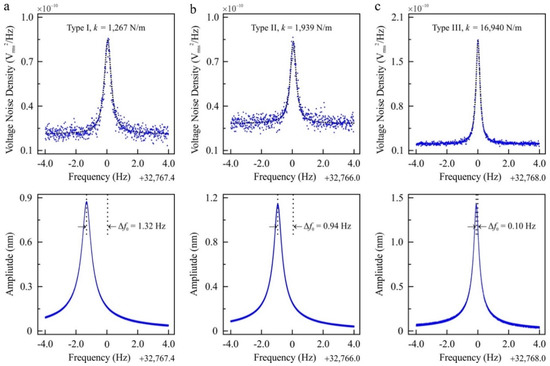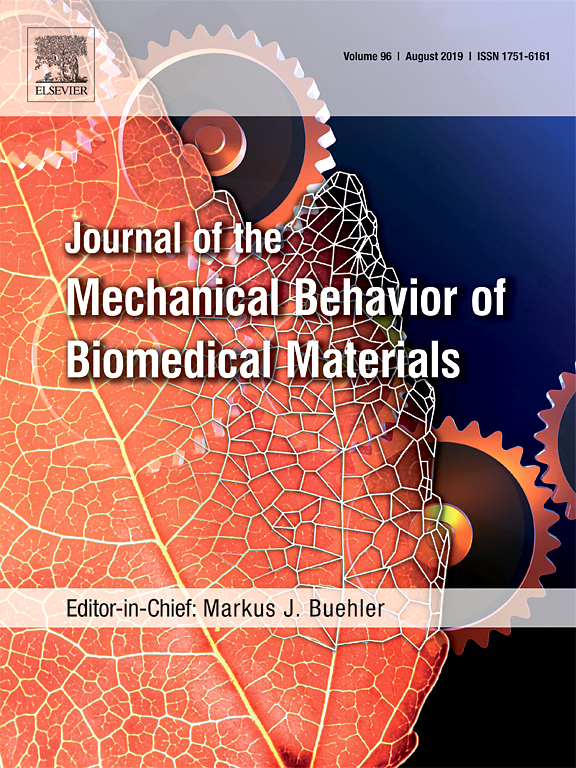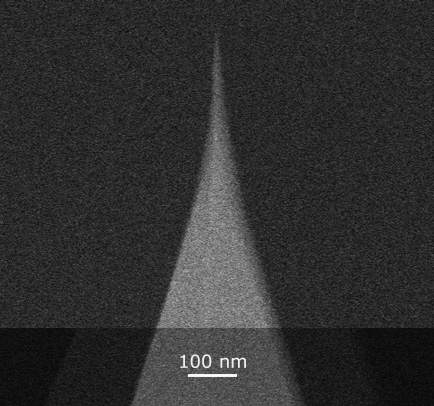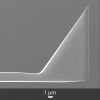



Amplitude Dependence of Resonance Frequency and its Consequences for Scanning Probe MicroscopyMon Oct 28 2019
Important work on amplitude dependence of resonance frequency in frequency modulation AFM by Peter Grütter’s research group at McGill University. Our OPUS 4XC-NN probes were used for testing.
https://www.mdpi.com/1424-8220/19/20/4510/htm
#AtomicForceMicroscopy #AFMProbes
https://www.mdpi.com/1424-8220/19/20/4510/htm
#AtomicForceMicroscopy #AFMProbes




NanoWorld Retro Trailer passes the 500 views markMon Oct 14 2019




NanoWorld Trailer Retro (2001)Wed Oct 09 2019








Second Day MNE 2019 – NANOSENSORS BlogTue Sep 24 2019


Meet us at MNE 2019Mon Sep 23 2019


Nonlinear Biomechanical Characteristics of Deep Deformation of Native RBC Membranes in Normal State and under Modifier ActionMon Sep 23 2019
#ForceSpectroscopy #CellBiology #erythrocytes #AFMprobes



Discover how nanotools SuperSharpStandard-FMR are applied for imaging and indentation measurementsTue Sep 17 2019
Discover how nanotools SuperSharpStandard-FMR with 2-3 nm radius https://www.nanotools.com/…/supersharp-enhanced-soft.html and biosphere™ with 50, 100 and 300 nm radii https://www.nanotools.com/…/nanoindentation/biosphere.html are applied for imaging and indentation measurements in the latest nanotools blogpost


BudgetSensors® MagneticMulti75-G used in a recent study!Mon Sep 16 2019
Magnetic skyrmions observed in unpatterned symmetric multilayers at room temperature and zero magnetic field with our MagneticMulti75-G #AFMProbes.





















